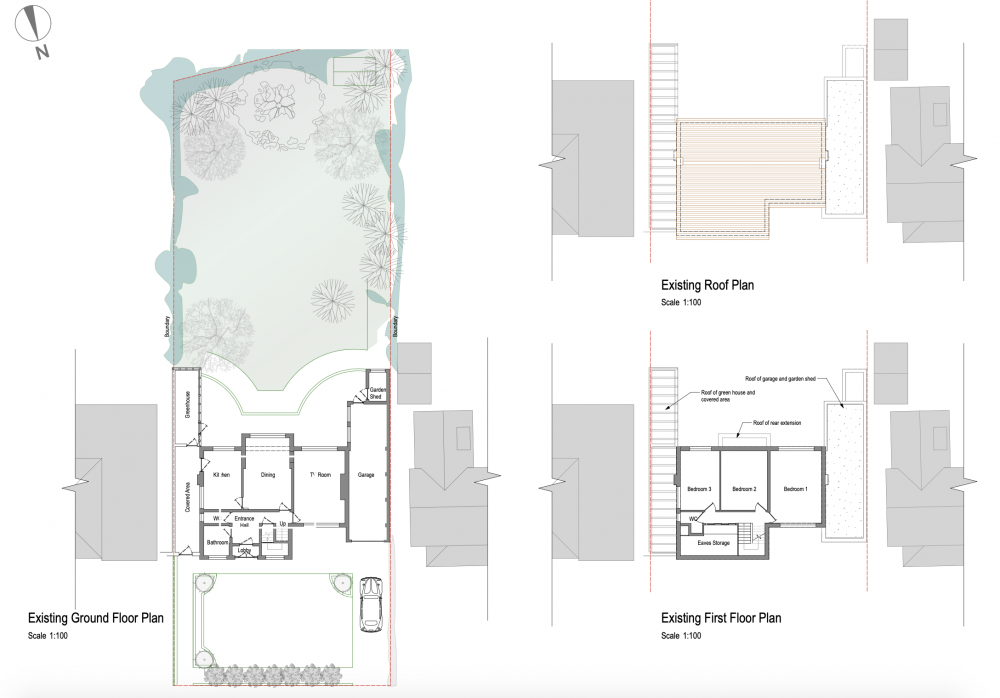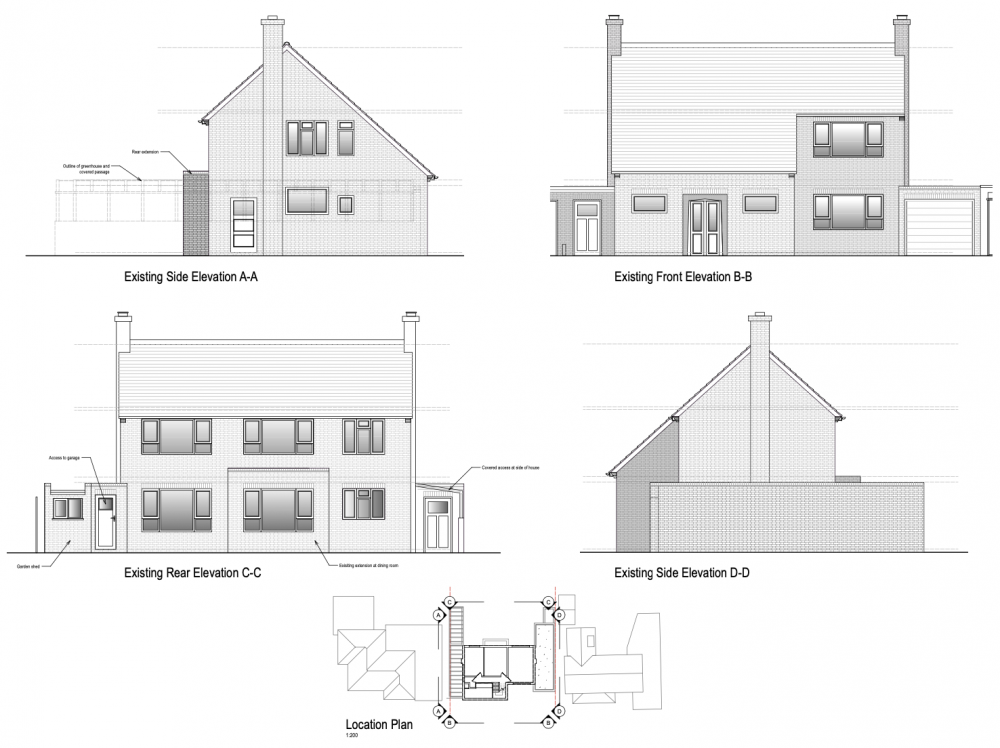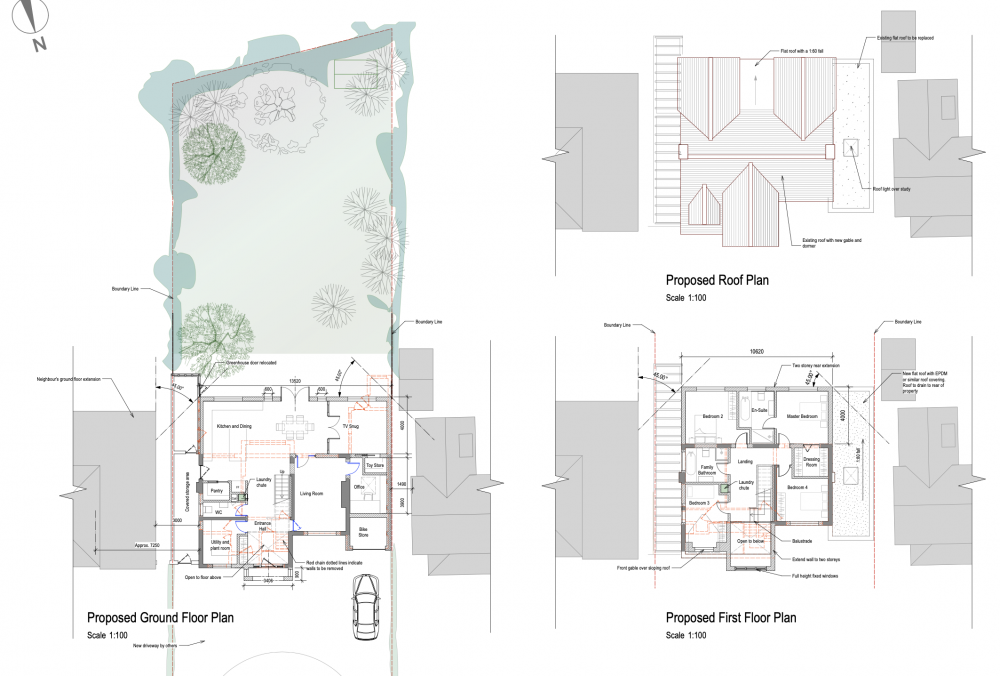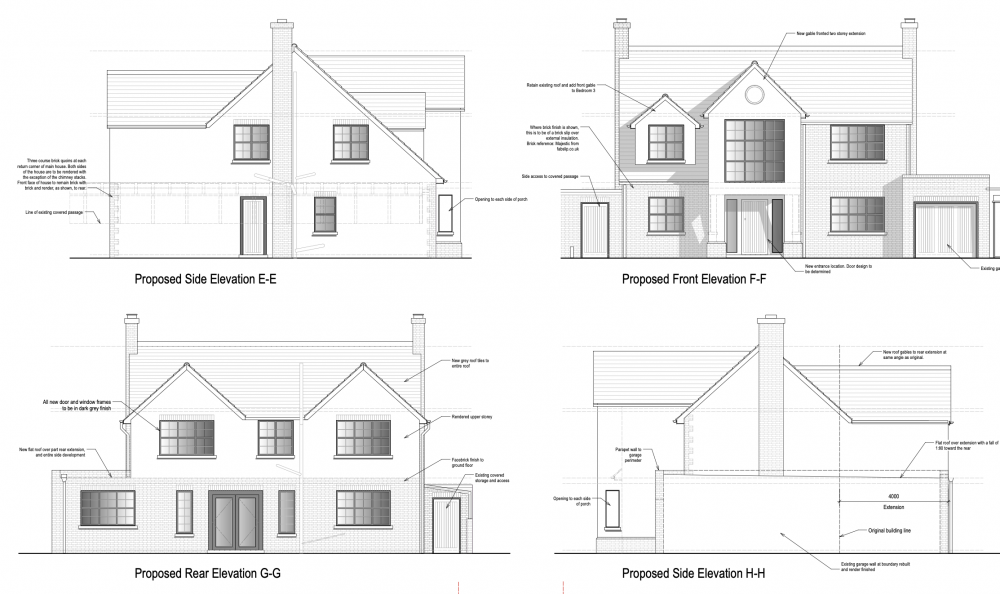-
Posts
29 -
Joined
-
Last visited
Everything posted by Packman
-

Condensation in electric meter box
Packman replied to Packman's topic in Consumer Units, RCDs, MCBOs
Thanks @ProDave Aside from getting a new TD, any other suggestions?! I’ve checked all the ducting and it’s all sealed, but it’s only plastic so obviously does get warm and probably therefore warms up the air around the meter box. -
Hello i I have noticed quite a lot of condensation forming inside my electric meter box, especially during the recent really cold weather. The box is in our garage so it is not exposed to the elements. It is surface mounted and fitted on the “external” side of the insulated cavity wall of our house, but the garage itself is not insulated other than that one wall that it is mounted on so it is a cold “room” as the other three sides of the garage are not insulated, and nor is the floor (although the garage roof is insulated). the only thing I can think of is that we have tumble drier ducting running along the wall underneath the box and then venting to the outside of the garage, so that is obviously carrying the warm air from the tumble dryer past the meter box. Perhaps the localised warm air from that is mixing with the cold air in the garage and that is causing condensation to form inside the meter box? I can’t think of any other reason! is that possible? Any ideas how to fix it? Perhaps I can stick a few block of rigid insulation on the inside of the meter box walls? any thoughts and help appreciated!
-
Completely agree. I’ve just re-read my original post and I should have mentioned that it is skirting board heating that I’m considering, where the pipes are actually hidden in a special skirting board, as opposed to fitting long low-level skirting heaters. Does that make a difference to anyone’s thoughts?
-
Thanks. If I can find space for the cylinder in the house, what about the MVHR unit? That ok in the loft, or better in the house too?
-
I’m happy with wet, I just want it hidden! Don’t want to have rads or heaters on walls My ground floor room that I don’t want to dig up or retrofit UFH is 18sqm. The bedrooms on the 1st floor are between 11-14sqm.
-
Interesting, thank you. Out of interest, why would it be your first choice for a wet heating system? And why do more people not seem to use it?! Everyone I speak to has never heard of it and only ever consider rads or UFH!
-
Any recommendations, other than Thermaskirt by Discrete Heat? I’m only seeming to find a couple of limited options when googling...
-
Thanks Tony. Thats really helpful. So you would fix the insulated plasterboard directly to the plaster? Not with battens and no dot and dab? What would you do re insulation in the roof space? The loft is just going to be used for typical storage, not for rooms or anything. Will probably put the MVHR unit up there though, and maybe the megaflo cylinder. We were planning on just laying normal loft floor insulation e.g. 300mm knauf, across the floor, except for one section where we plan to vault the ceiling above the master. Is that any good, or are we better off insulating in between the rafters rather than across the floor?
-
Hi Buildhubbers Recently come across skirting heating, and it blew my mind! Previously thought that UFH and Rads were the only mainstream options. To me, skirting heating looks like a great middle ground, and I'm surprised I've not heard plumbers or friends talk about it before. The claims from the likes of Discrete Heat's Thermaskirt seems to me like it's a bit of a no-brainer for areas where I don't want to fit UFH and I don't want to fit rads. I'm renovating a 1950s house with uninsulated solid concrete floors. Planning to either excavate and insulate the ground floor slab and lay UFH in the screed, or keep the slab and retrofit UFH. But there is one room on the ground floor that I don't want to touch, as we have uncovered a beautiful parquet floor under the carpets. Appreciate that it is going to be on an uninsulated base, but would love to keep it, and I really don't want to put a rad in the room, so thought skirting heating could work well here? And on the first floor, I also really want to avoid putting rads on the walls. Was originally thinking of laying UFH upstairs in the joists, but I would like to put thick soft carpet in the bedrooms, so don't think UFH is going to be a great option, so thought skirting heating could work well here too? From what I can see: pros: - it uses the same low temp as UFH compared to rads - it heats the room from all around the room like UFH as opposed to from just one location like rads - no dust traps and circulating stale air, unlike rads - no excavation of solid floors (or loosing heat height if retrofitting), unlike UFH - cheaper than UFH cons: - not as good as UFH - more expensive than rads - limited to style of skirting boards Questions: Is that a fair summary? Have I missed anything? Does anyone have any experience of using Skirting Heating? Are Discrete Heat's claims a load of BS or is it a heating solution worth considering? Are there any other companies I should look at? Are there any other suggestions or things I should be considering? Many thanks Richard.
-
I’m renovating an uninsulated 1950s detached house, with a normal cavity masonry buildup of 100mm facing brick 50mm empty cavity 100mm block sand/cement plaster paint I was originally planning to fill the cavity with graphite eps beads and then externally insulate with 100mm graphite eps then finish with brick slips on ground floor and render on upper. However the current external brickwork is actually very good, and from a cost saving exercise i’m considering IWI instead so that I don’t need to touch the outside. I know that EWI is going to be better performance, but if I ruled this out and went down the internal route, I have a few questions: 1. Is insulated plasterboard any good? 2. If using IWI or insulated plasterboard, should I still fill the cavity or should I leave it empty to stop potential moisture / damp / mould problems? 3. How / where do I create the air tight layer in this build up? On top of the IWI/ insulated plasterboard or between the IWI/board and the blocks? 4. Will it still be possible to get an ok u-value (under 0.2) from my walls without losing any more than max 100mm internally? 5. should I go on top of the existing sand/cement plaster, or hack it off and take it back to block first? Thanks for your help!
-
Has anyone considered the RHI Assignment incentive? From what I understand, there are companies that will pay the upfront capital cost of supply & installation of your ASHP or GSHP, in return for you assigning the RHI payments to them. They then recoup their capital investment / loan over 7 years via your RHI payments, and you benefit from the reduced bills (and supposedly more efficient heating system) in the mean time. From what I understand, the only catch is that you have to use them for your supply and install, and you have to sign up to their maintenance scheme for the 7 year duration. Has anyone done this or got any experience with this?
-

Hybrid Houses Ltd - Anyone used them? Or heard of them?!
Packman replied to harry_angel's topic in Timber Frame
Hi Harry Did you ever get anywhere with this? I've just come across them in my research and was wondering the same question! Cheers -
thanks @nod and @Mr Punter. What are the pros / cons of doing a full fill vs leaving empty, when adding EWI?
-
If you’re thinking about resale value, 5 bedrooms with one 1 bathroom is not ideal. You’ve also got to think about who your target buyer is, and what they would value more. Also the 5th bed will be quite small by the looks of things. So personally, I’d say having a decent sized master with en-suite, and 3 further good sized bedrooms served by a family bathroom, would be more desirable (and therefore more valuable) for resale purposes. However if you’re doing this for you and not for resale, then focus on creating the spaces that you need / want and not what you think someone else may want.
-
I'm about to start renovating a 1950s house, uninsulated cavity wall brick and block construction. I was planning on wrapping the house in EWI and finishing it with brick slips on the ground floor and render on the 1st floor. I am getting mixed reviews as to whether or not to fill the cavities, so would love your thoughts... Some are saying to do a full fill on the cavity - the EWI will ensure the wall is watertight so no issues of damp etc by filling the cavity, and they say that if I left the cavity empty it would just allow all the heat from inside the house to escape up the empty cavity and would mean the EWI would be pointless. However others are saying to leave the cavity empty and just seal it at the top and around the windows etc, as the air in the cavity will act as an insulator anyway, and they say that the EWI will be more than sufficient and the house needs the air in the cavity to help it breathe and filling it with insulation would not be a good idea. What are your thoughts?
-
Possibly, but didn’t want to do that much. We’ve got about 2.7m internal height on ground floor so doable. However 300+100mm seems a lot compared to other advice I’ve been getting.. why are you suggesting so much?
- 25 replies
-
- timber
- renovation
-
(and 3 more)
Tagged with:
-
Yes, it is S-facing. Is that due to the gable roof design on the back? Unsure as don't know how deep the existing slab is. Some contractors have suggested building up, as we have enough head height to be able to loose some. It's 50-50 - some have said to def dig down, others have said it's better to insulate and build on top of the existing slab. Any views?
- 25 replies
-
- timber
- renovation
-
(and 3 more)
Tagged with:
-
thanks everyone for the advice. I am getting some demo and rebuild quotes too!
- 25 replies
-
- timber
- renovation
-
(and 3 more)
Tagged with:
-
I live in a very hard water area. Was going to install a water softener, but saw a presentation on the Halcyon conditioner system and it looks impressive. Anyone used this or have any experience or views on that?
-
Yes I did. Thank you, may be best as you say to set the parameters and let them build how they think is best. Would love to build from scratch as am concerned about the uncertainties, but think the cost of building from scratch will be more. The entire N, E and W external walls are staying (although the W wall will become an internal wall). It's only the S external wall on the back of the house that is going. We'll also rebuild the boundary wall on the W as that is currently a garage and is just a single skin of bricks on piddly foundations. The roof is the same, we're just cutting in a gable and dormer on the front, and 2 gables on the back with a little flat roof between them to cover the extension. But the existing roof is largely still retained. Well at least that is the hope / intention!
- 25 replies
-
- timber
- renovation
-
(and 3 more)
Tagged with:
-
Thanks for the headsup... but we're over 1.8m from the boundary on the left and almost 3m from the boundary on the right.
- 25 replies
-
- timber
- renovation
-
(and 3 more)
Tagged with:
-
- 25 replies
-
- timber
- renovation
-
(and 3 more)
Tagged with:
-
Yeh, fair point, although the labour time of putting the walls up is pretty big...? Thanks. So just single skin concrete blocks for the extension, wrapped in EWI? And full-fill the existing cavity and then wrap in the same EWI as the extension? Graphite EPS for the EWI is what I was thinking, but 200mm seems quite a lot?! Most people have suggested 100mm to me?? What's your view on things like woodfibre for EWI and mineral wool or fibre glass for cavity fill? Noted, thanks! Have added to my BS meter for when speaking to "pros" !
- 25 replies
-
- timber
- renovation
-
(and 3 more)
Tagged with:
-
We were planning for UFH throughout, powered by a gas boiler with weather compensator. Would potentially "upgrade" to ASHP powered by Solar PV in the future, but not for now.
- 25 replies
-
- timber
- renovation
-
(and 3 more)
Tagged with:
-
Thanks Dave. The cost of the reno and extension should be around £250k if i used a main contractor. I would then end up with a 250sqm house. The future value should be at least the same (but most likely a little bit more) than the current value + the renovation & extension cost. But if I demolished and built from scratch, to create a 250sqm new build house, working on an avg of £1500 /sqm, the cost would be £375k. In this scenario, the current value + the new build cost would end up being more than the future value. So based on this, I don't think it's affordable or feasible to demolish and rebuild. Plus, the elevations and layout of the house we would rebuild would end up being extremely similar to the plans we have for the renovation and extension. Unless I'm missing something?
- 25 replies
-
- timber
- renovation
-
(and 3 more)
Tagged with:






